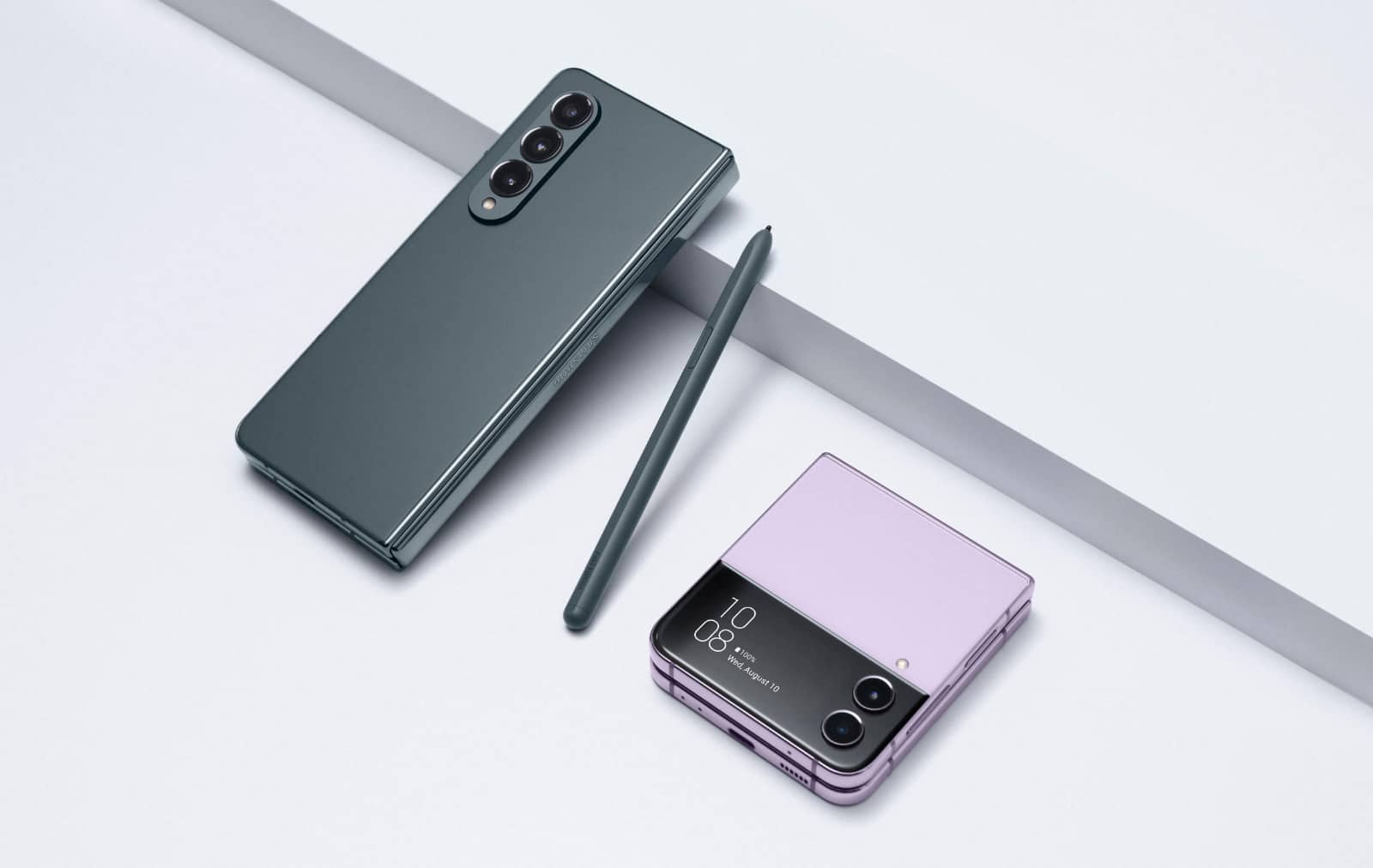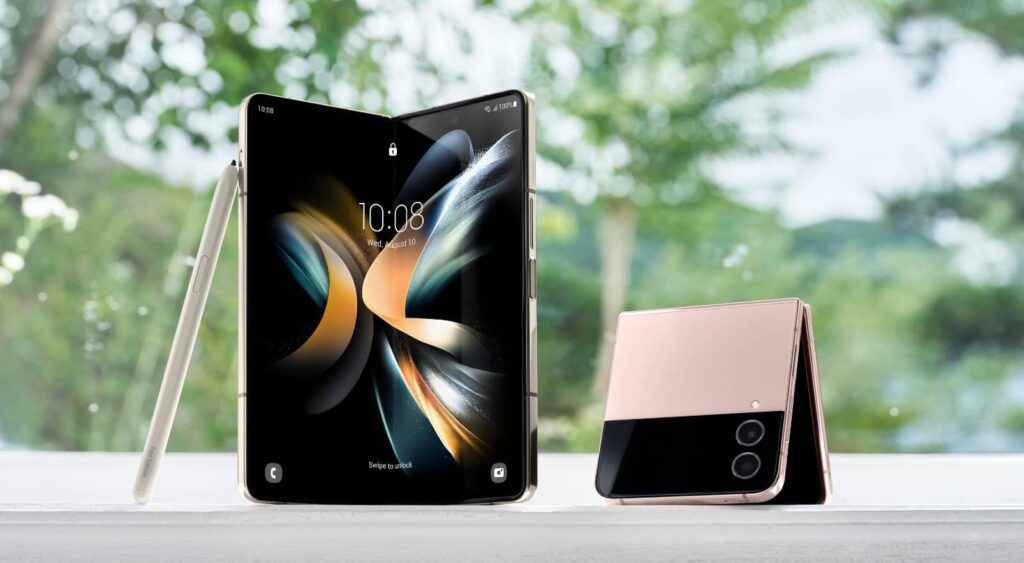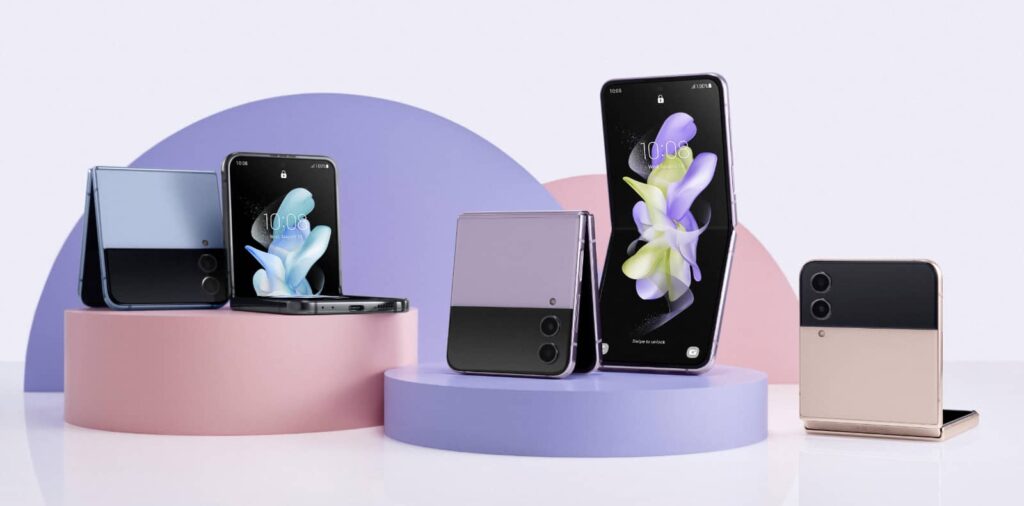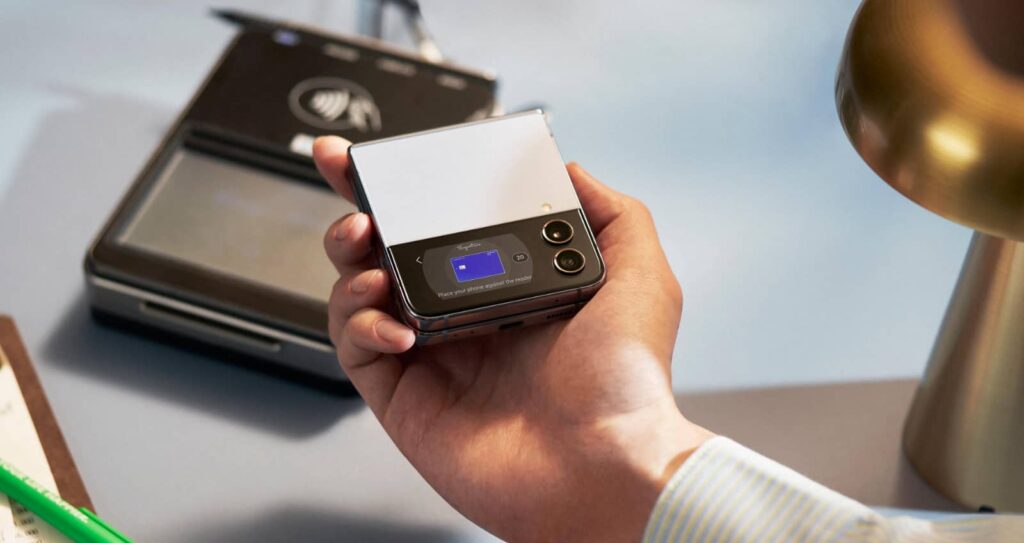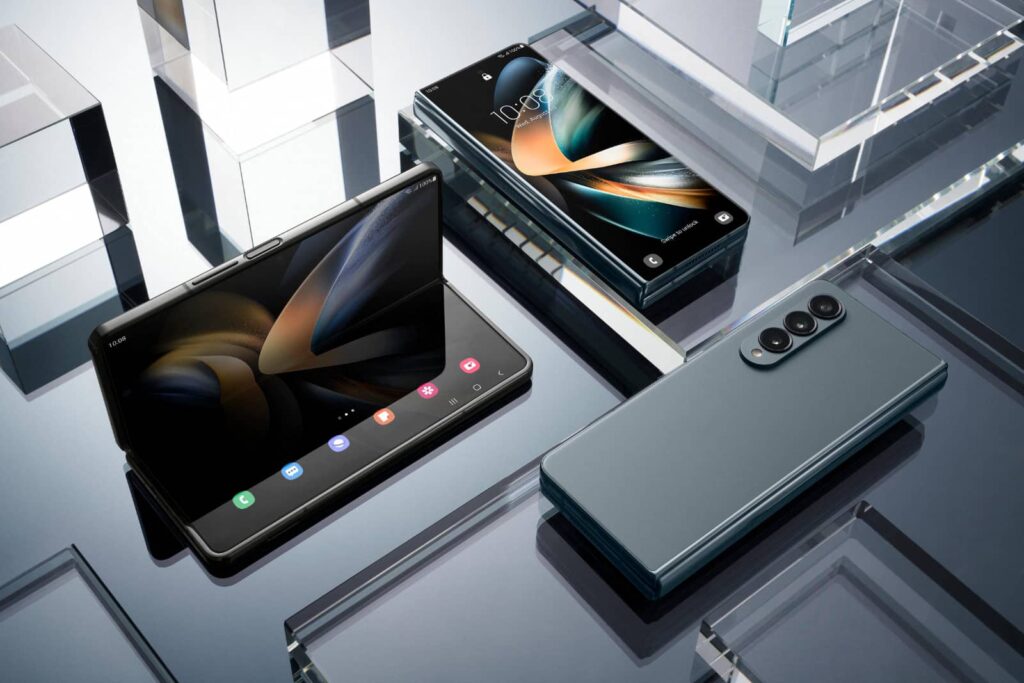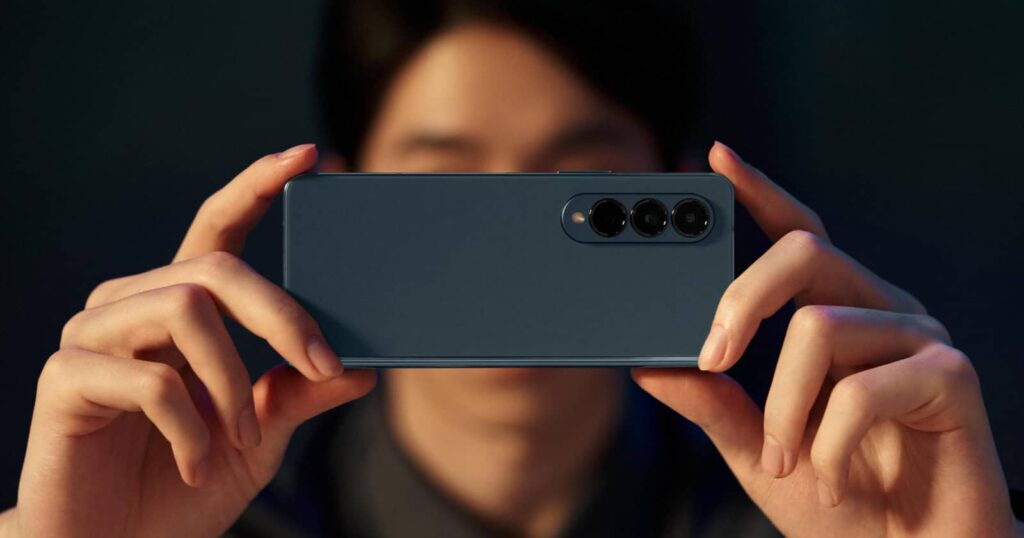Hinted at and largely expected, the fourth Fold and Flip are here, and they’re a little like last year, though slightly improved.
If it seems as if smartphone design is a little stuck, it might be because you’re looking at every phone out there. With most mobiles being a big slab of glass on the front and then a few cameras on the back, it can be all too easy to forget that there are models trying to change it up, but they’re not always the kind you think of.
Foldables are the type that seem to buck that trend, and while we’ve heard foldables would start to arrive with more gusto since they started popping up a few years ago, that trend has been slow. Quite slow.
Samsung was one of the first with Motorola not far behind, but only Samsung has stayed with that momentum, releasing variations of its Galaxy Fold and Galaxy Flip, models that aim to be either to make the tablet foldable and pocketable for the former, or a phone more pocketable in the latter.
We’ve seen it in the first Galaxy Fold, Fold 2, and last year’s Fold 3, while the pocket phone style popped up in the Flip 5G and last year’s Galaxy Z Flip 3.
So what’s next, and what’s on the cards for Samsung’s foldable range?
Samsung tightens what worked in the Galaxy Z Fold 4 & Flip 4
Two new models are on the way, and while it won’t surprise you that they’re follow-ups to what Samsung launched last year, it’s not going to be a total redesign.
First there’s the flippin’ variation on a foldable, the Z Flip 4. Like its Z Flip 3 predecessor, Samsung has kept what worked in that model — which is nearly everything — and changed a little bit.
The hinge on that foldable design is now a little slimmer, even if the weight hasn’t changed dramatically, and the multi-tone style is back, complete with variations in a Bespoke edition, depending on how much you want to pay
Inside, Samsung is running another Qualcomm chip like it did in the local Galaxy S22+, and it’s the latest Snapdragon, the 8+ Gen 1. Basically, it’s the best chip you can find today to end the year 2022.
Samsung has kept the two camera approach from the Z Flip 3 in the Z Flip 4, meaning you get both wide and ultra-wide at 12 megapixels, and mostly improved the battery, which sees a sizeable jump from 3300mAh to 3700mAh, hopefully improving battery prospects.
Outside of these changes, there isn’t a huge leap in terms of what has changed, with the Z Flip 4 sporting the same wireless charging, water resistance, small screen on the outside, and so on and so on. It’s a modest iterative update, but great for new buyers of a pocketable phone, we suspect.
Next is the bigger model, the Z Fold 4.
Like its predecessor, it’s a 6.7 inch phone on the outside that opens up to reveal a foldable 7.6 inch screen on the inside, though Samsung has managed to improved the sizes of these screens ever so slightly, and they now pack in a few more pixels.
At the same time, Samsung has switched the chip to a faster Qualcomm Snapdragon 8+ Gen 1, just like the Flip 4, making it the fastest chip around, and there are better cameras, too.
The three camera setup on the Z Fold 4 isn’t quite like the four camera setup of the Galaxy S22 Ultra — that still technically has more range and versatility — but you’ll find a 50 megapixel standard wide camera, a 10 megapixel telephoto camera, and a 12 megapixel ultra-wide, while the screen section hides an improved 4 megapixel camera under the screen.
Most of the Z Fold 4 looks the same as the last model, the Z Fold 3, but it’s a little slimmer, offering a marginally thinner design and managing to shave nearly 10 grams between designs, which can only be a good thing.
Of particular note is the software, which will see the Galaxy Z Fold 4 launch with Android 12L, a variation of Android that aims to make tablet-style phones work a little more like a tablet, giving you that little bit more versatility and capability you might be looking for.
Samsung has left in pretty much everything else, including wireless charging and water resistance, though one feature we wanted isn’t here yet: the pen built into the body. We’re guessing it would have impacted the battery too much, but while the Z Fold 4 is still compatible with the S-Pen, you’ll either need to carry it separate or get a special case that mounts the pen to the back of the phone.
Australian pricing and availability for the Z Flip 4 and Z Fold 4
Grabbing one of these new mobiles won’t necessarily be cheap, but the good news is the price hasn’t skyrocketed like everything else these days.
In Australia, the Z Flip 4 will start at $1499 for a 128GB model, with the 256GB Flip 4 costing $1649 and the 512GB $1849, all available in four colours, though a Bespoke edition with custom colours will cost $1729 and only arrive in 256GB (but your choice of colour scheme).
All three major telcos will see it — Optus, Telstra, and Vodafone — and they’ll see the Fold 4, as well, which will also arrive in Australia without plans.
Locally, you’ll be able to buy the Galaxy Z Fold 4 at similar pricing to its predecessor, seeing a 256GB Fold 4 for $2499, 512GB for $2699, and a staggering 1TB model from Samsung itself for $2999 locally, available in four colours, too.
“Without a doubt foldables have more than emerged, they’ve arrived and have a bright future,” said Garry McGregor, Vice President for Mobiles at Samsung in Australia.
“The foldables market is predicted to continue its rapid growth, more than doubling in 2023 and the fact Samsung Australia has maintained year on year pricing we see this being very much the case in this market,” he said.
Both phones will hit pre-order this week with availability from September 2, likely in time for the rumour mill to properly spin into action for a few phones from Apple which may or may not be announced in September, as well.


